The Basic Types of Political Parties
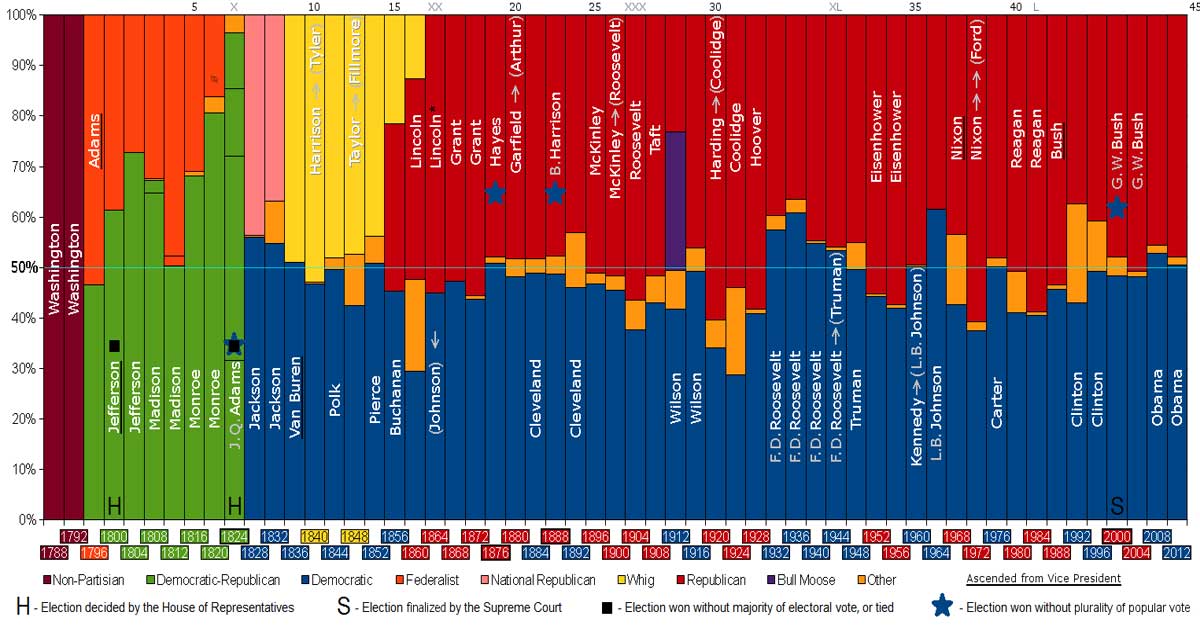
On this page, we look at political parties from a historical perspective to better understand the underlying left-right politics all political parties are based on.
Politics is the science, art, and theory of influence and governance.
“Governing a country is like cooking a small fish, if handled correctly the results will be good”. – Lao Tzu

On this page, we look at political parties from a historical perspective to better understand the underlying left-right politics all political parties are based on.
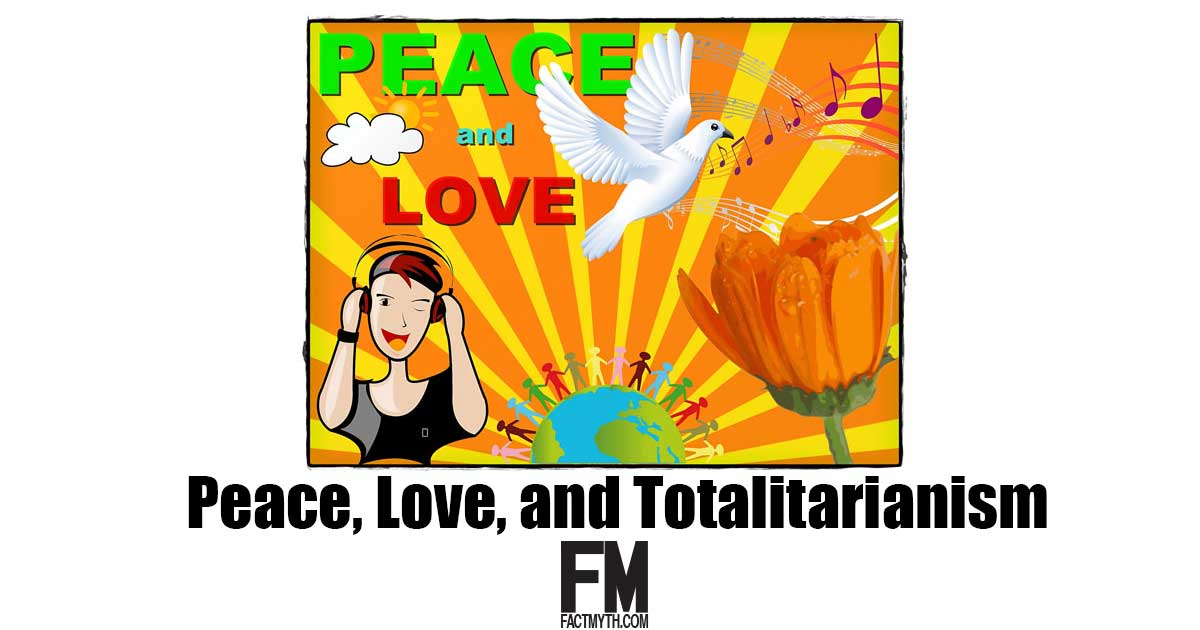
We explain paradoxes related to tolerance and Politically Correctness (PC), including “the paradox of tolerance” and “tolerance as a form of intolerance.”
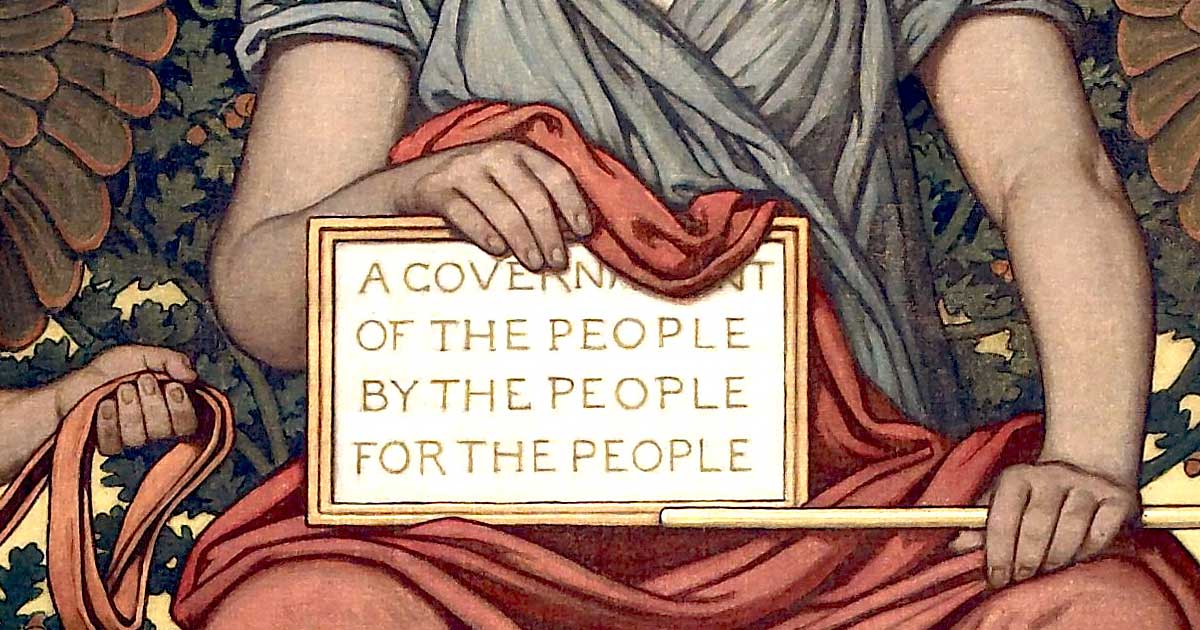
America’s founding fathers intended the U.S. to be a Republic (elected officials vote on laws), rather than a Direct Democracy (everyone votes on laws).

America is not “a Christian nation” in terms of having a national religion. Despite a majority of Americans being Christian, the Bill of Rights ensures religious liberty for all.
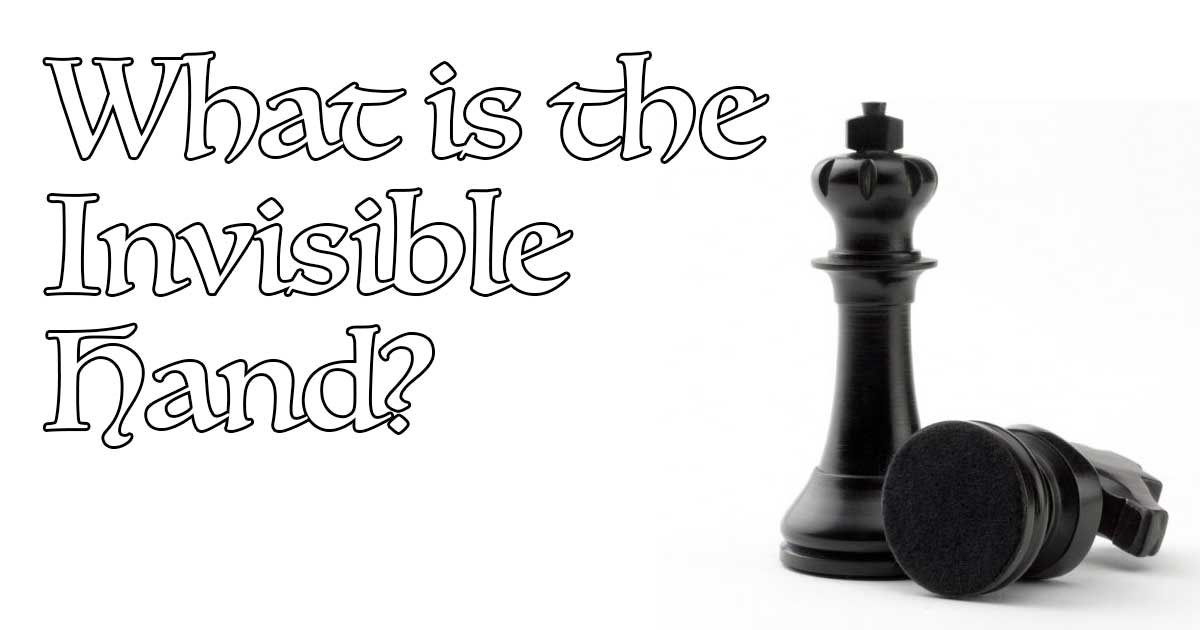
“The invisible hand” is a term used by Adam Smith to describe the theory that self-interest leads to social and economic benefits in a free-market.
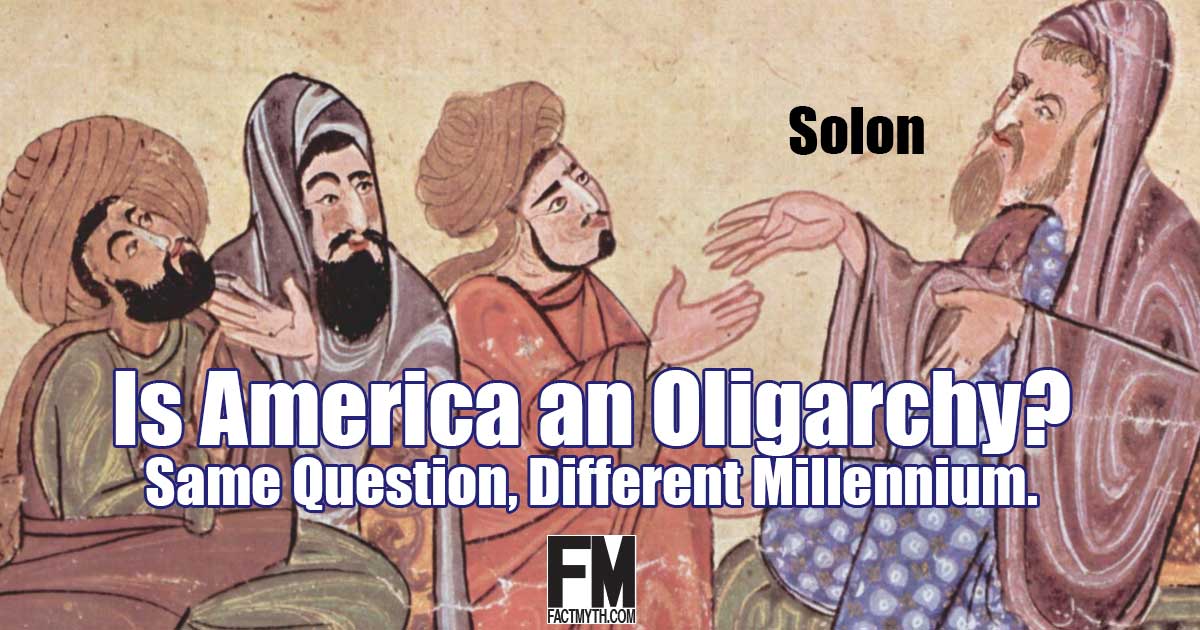
The United States is a Federal Republic with democratic values that some claim contains a growing oligarchy (or corporatocracy). We look at those claims.
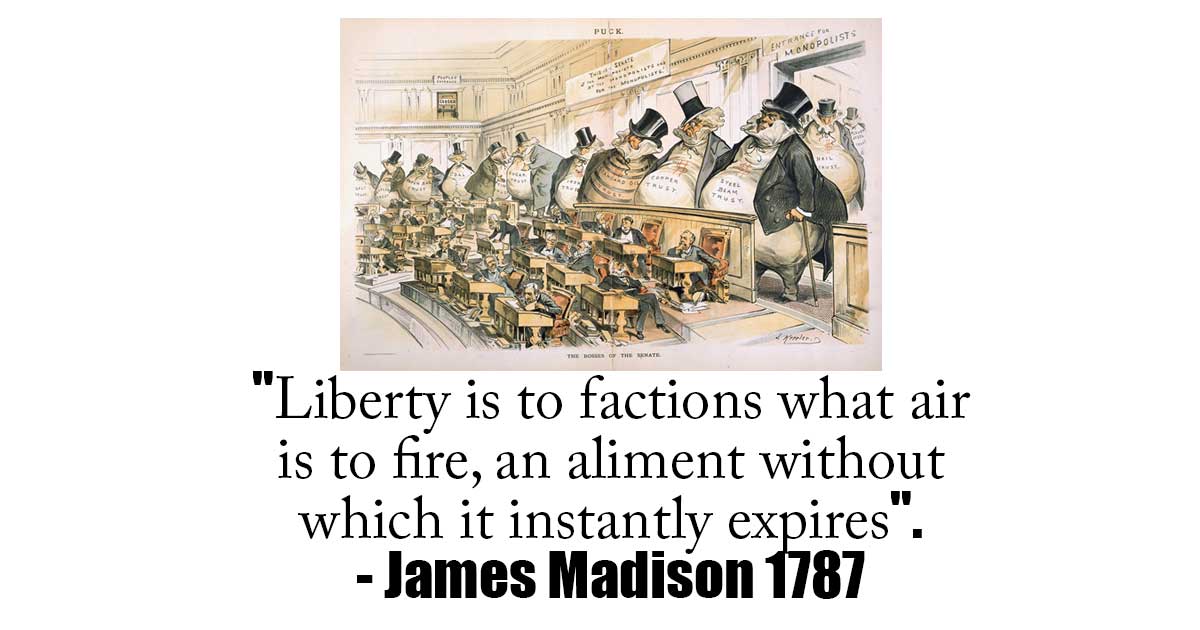
Special interests describe interests that are not purely public interests. Factions (special interest groups) are groups formed around shared interests (special interests).
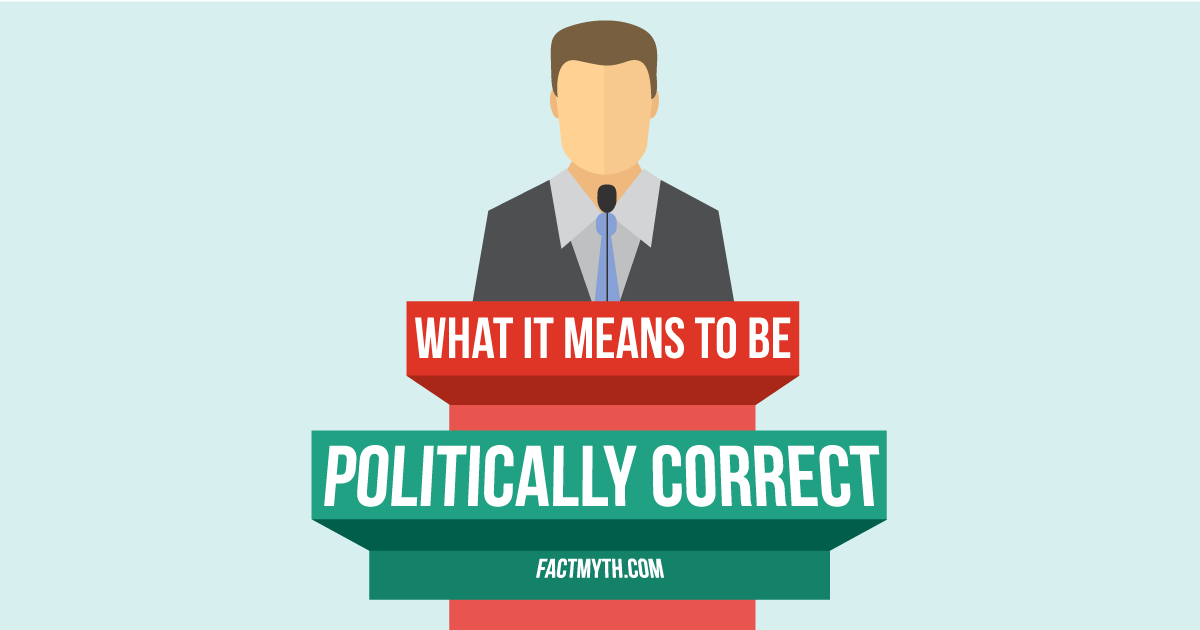
Political Correctness (politically correct or PC), describes how much tolerance, sensitivity, censorship, and freedom of expression “is correct” in a given setting.

A progressive tax (those who make more pay more) is generally “more fair” than a flat tax (everyone pays the same rate).
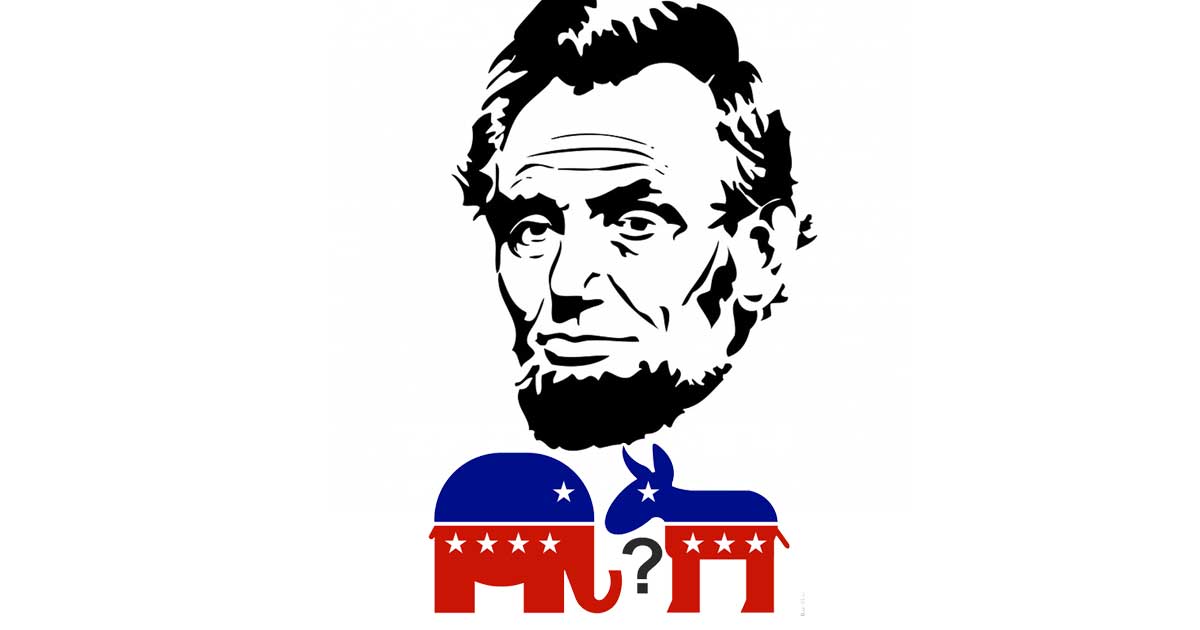
Abraham Lincoln was the first Republican President. Lincoln, a former Whig (and then “moderate” “anti-slavery” Republican), favored social justice and federal power over states’ rights regarding slavery.